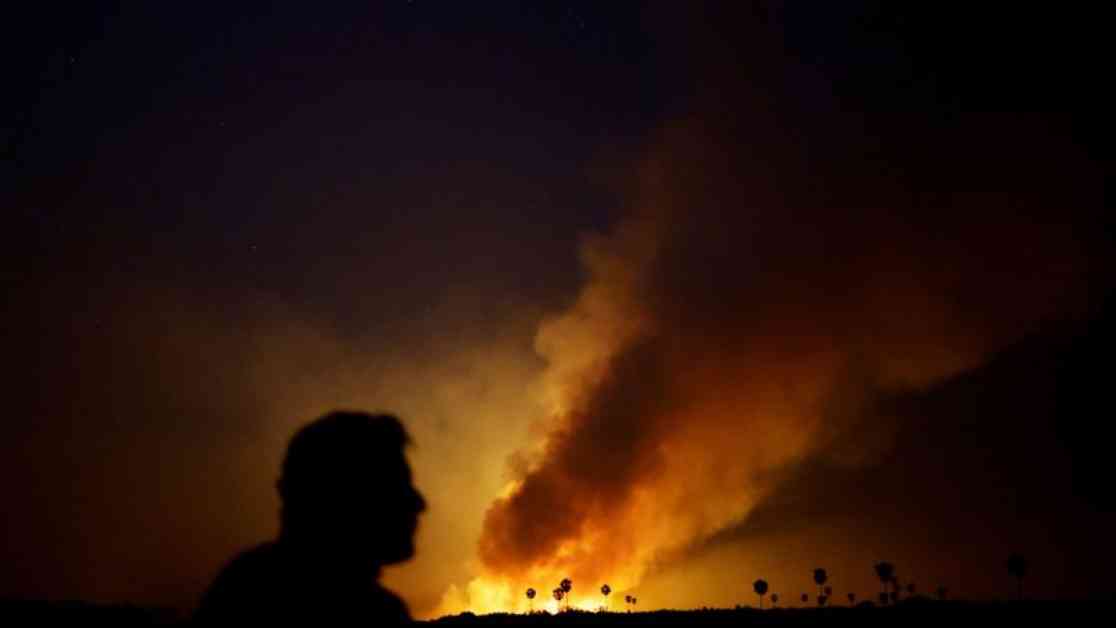Brazil’s Pantanal, the largest tropical wetland on earth, is currently experiencing devastating fires in June, breaking historical records for that month. Aerial views of the wetland reveal smoke rising and the bright orange flames of burning fires, while closer inspections of burnt vegetation show charred remains of wildlife, including alligators, monkeys, and snakes, as shown in photos from Reuters earlier this week.
Brazil’s National Institute of Space Research (INPE) has reported 733 fires in the Pantanal biome so far this month, surpassing the previous record of 435 fires registered in June 2005. The state of Mato Grosso do Sul, which covers 60% of the Brazilian Pantanal, is under a “danger” warning due to an anticipated heatwave with temperatures expected to be 5ºC higher than average for the next three to five days, according to Brazil’s National Meteorological Institute (INMET).
The World Wildlife Foundation (WWF) Brazil has issued a warning that 2024 could potentially become the worst year on record for the Pantanal, as the dry season has just begun. The number of fires this year has already increased by 898% compared to the same period in 2023, according to INPE’s data. Cynthia Santos, a conservation analyst for WWF Brazil, emphasized the urgency of reinforcing fire brigades and seeking support from local communities to prevent a catastrophe.
The Pantanal’s unique habitats rely on the “flood pulse,” where seasonal flooding during the wet season from November to March transforms large portions of the plain into aquatic habitats, only to recede during the dry months from April to September. This seasonal flooding cycle makes the Pantanal a distinct biome where land transitions between terrestrial and aquatic habitats.
Wetlands like the Pantanal play a crucial role as Earth’s most effective carbon sinks, absorbing and storing more carbon than they release, thus helping mitigate climate change. The Pantanal, covering approximately 200,000 square kilometers, represents about 3% of the world’s wetlands and significantly impacts the carbon cycle. However, when these carbon-rich ecosystems burn, they release substantial amounts of heat-trapping gases into the atmosphere, exacerbating the greenhouse effect.
Known for its rich biodiversity, the Pantanal hosts a diverse array of wildlife, including endangered species like jaguars, capybaras, black caimans, giant otters, and hyacinth macaws. It also serves as a critical stopover for around 180 species of migratory birds. The region is under a “hydrological crisis scenario” due to a severe drought that began in 2023 and has worsened with the ongoing El Niño phenomenon, according to ECOA, an environmental NGO based in Mato Grosso do Sul.
While occasional wildfires are common in the Pantanal, some plants have developed natural resistance to fires, such as growing thick bark or shielding their seeds with hard shells. The fires in 2020 destroyed unique habitats and disrupted the lives of the Pantanal’s indigenous communities. The impact of these fires extends beyond the environmental realm, affecting the livelihoods of those who depend on the wetland for sustenance and cultural heritage.

